
Ah, the convenience of a smartphone. Almost all of us have one (or more) of these tiny mobile computers and telephones, in one.
Believe it or not, the first mobile telephone call from a hand-held device wasn’t made until April 3, 1973. Cellular phones and smartphones were still decades in the future.
Now, let’s take a look back to the mid-1950s and see what calling home entailed.

If you were not at home, the first order of business was to find a telephone, and you had better have had a pocketful of change because you paid to talk.
In the U.S., one could find “pay phone” inside a telephone booth or just
“phone booth” for short, as they were called, on many street corners and in
most commercial establishments. On the street, the ubiquitous phone booth featured a folding glass door that afforded some privacy and protection from the elements. They were not air-conditioned, but when you stepped inside and closed the door, an overhead light would come on. That feature was especially helpful at night. By the mid-1950s, most were upgraded from a wood and glass structure to a weatherproof glass and aluminum booth that was large enough for one (maybe two, if you were friends).
If you’re too young to have seen one in person, you’ve no doubt, seen them in old movies and TV shows.

They were found inside almost any hotel, train station, bank, restaurant or office building. You would have seen rows of wooden phone booths lining a wall somewhere near the entrance. Many of them had a seat inside for long conversations. During breaks between the action at conventions or meetings, people would line up to use the half dozen or so telephones in larger hotels, and in smaller hotels, there may have been two or three.
Today many hotels and convention spaces have mysterious empty areas that will cause the visitor to wonder the reason behind the wasted space. The answer is telephone booths once stood in those places before they were removed because they were no longer needed.

To make a call you would first deposit a nickel or dime in one of the round holes at the top. “Dial” it on the rotary dial . . . one digit at a time. A live telephone operator would come on the line and tell you
how much money to put in, based on the number. If you didn’t know the person’s number, you’d look up the person by name from the telephone directory book, suspended under the phone. If you needed to make a long distance call, the live operator would handle that for you as well.

Since the 1950s were part of a decade of fads, one popular fad was “Phone Booth stuffing.” The point of this was to see how many people would fit into a phone booth designed for one person. From what I could learn, the record for cramming the most people into a standard sized telephone
booth was 25. This was accomplished by a group of South African college
students.
Too many people? You want a little privacy when you make a phone call? In today’s culture, it is becoming increasingly difficult to find privacy in a public place when you need to have a conversation (except maybe, in your car) I’m sure you’ve been in a restaurant or standing in a checkout line, and had to endure someone’s inane conversation right behind you or next to your ear. Well—good news! Some establishments are resurrecting telephone booths by providing an enclosed compartment with a comfortable seat and a door (see phone booth) for people to make or take private cell calls without having to go out to the parking lot.
What goes around,comes around.
- Author Details
- Recent Posts
- Books
-
December 3, 2023
I thought it would be fun to look back at the popular toys given for the holidays during the 1960s. This research brought back a flood of memories as both receiving them for gifts and buying them for the younger ones in my family. Hope you enjoy this walk down memory lane, also.
-
November 3, 2023
In the 1950s, Spade Cooley was a beloved national treasure and one of the greatest stars of Western swing. But he soon became famous for something very different when he suspected his wife of having an affair and beat her to death.
-
October 3, 2023Ah, the convenience of a smartphone. Almost all of us have one (or more) of these tiny mobile computers and telephones, in one. Believe it or not, the first mobile telephone call from a hand-held device wasn’t made until April 3, 1973. Cellular phones and smartphones were still decades in the future. Now, let’s take […]
-
August 3, 2023
The genre of novels that seems to endure are the spy thrillers and stories of behind-the-scenes government scandals. Here are some very interesting and I’d even say, “watershed” novels about the cold war that have colored our vision of the past and the future. After researching some, I’ve made a list of just a few of the more influential titles and included a short synopsis of each:
-
July 28, 2023
Partners in Crime, Janet Elizabeth Lynn and Will Zeilinger write the Skylar Drake Mysteries, hard-boiled detective stories set in the 1950s.

Related
Affiliate Links
A Slice of Orange is an affiliate with some of the booksellers listed on this website, including Barnes & Nobel, Books A Million, iBooks, Kobo, and Smashwords. This means A Slice of Orange may earn a small advertising fee from sales made through the links used on this website. There are reminders of these affiliate links on the pages for individual books.
Search A Slice of Orange
Find a Column
Archives
Featured Books
PIVOT
Three friends, each survivors of a brutal childhood, grew up together in foster care. Now as women, they’re fighting for their lives again.
More info →BECKONED, PART 4: FROM BARCELONA WITH LOVE
It was never going to be easy.
More info →PICK AND CHEWS
Carrie Kennersly tries to help her veterinarian boyfriend when he’s under suspicion of murder...Is he a keeper, or should she let him go off-leash for good?
More info →Newsletter
Contributing Authors
Search A Slice of Orange
Find a Column
Archives
Authors in the Bookstore
- A. E. Decker
- A. J. Scudiere
- A.J. Sidransky
- Abby Collette
- Alanna Lucus
- Albert Marrin
- Alice Duncan
- Alina K. Field
- Alison Green Myers
- Andi Lawrencovna
- Andrew C Raiford
- Angela Pryce
- Aviva Vaughn
- Barbara Ankrum
- Bethlehem Writers Group, LLC
- Carol L. Wright
- Celeste Barclay
- Christina Alexandra
- Christopher D. Ochs
- Claire Davon
- Claire Naden
- Courtnee Turner Hoyle
- Courtney Annicchiarico
- D. Lieber
- Daniel V. Meier Jr.
- Debra Dixon
- Debra H. Goldstein
- Debra Holland
- Dee Ann Palmer
- Denise M. Colby
- Diane Benefiel
- Diane Sismour
- Dianna Sinovic
- DT Krippene
- E.B. Dawson
- Emilie Dallaire
- Emily Brightwell
- Emily PW Murphy
- Fae Rowen
- Faith L. Justice
- Frances Amati
- Geralyn Corcillo
- Glynnis Campbell
- Greg Jolley
- H. O. Charles
- Jaclyn Roché
- Jacqueline Diamond
- Janet Lynn and Will Zeilinger
- Jaya Mehta
- Jeannine Atkins
- Jeff Baird
- Jenna Barwin
- Jenne Kern
- Jennifer D. Bokal
- Jennifer Lyon
- Jerome W. McFadden
- Jill Piscitello
- Jina Bacarr
- Jo A. Hiestand
- Jodi Bogert
- Jolina Petersheim
- Jonathan Maberry
- Joy Allyson
- Judy Duarte
- Justin Murphy
- Justine Davis
- Kat Martin
- Kidd Wadsworth
- Kitty Bucholtz
- Kristy Tate
- Larry Deibert
- Larry Hamilton
- Laura Drake
- Laurie Stevens
- Leslie Knowles
- Li-Ying Lundquist
- Linda Carroll-Bradd
- Linda Lappin
- Linda McLaughlin
- Linda O. Johnston
- Lisa Preston
- Lolo Paige
- Loran Holt
- Lynette M. Burrows
- Lyssa Kay Adams
- Madeline Ash
- Margarita Engle
- Marguerite Quantaine
- Marianne H. Donley
- Mary Castillo
- Maureen Klovers
- Megan Haskell
- Melanie Waterbury
- Melisa Rivero
- Melissa Chambers
- Melodie Winawer
- Meriam Wilhelm
- Mikel J. Wilson
- Mindy Neff
- Monica McCabe
- Nancy Brashear
- Neetu Malik
- Nikki Prince
- Once Upon Anthologies
- Paula Gail Benson
- Penny Reid
- Peter J Barbour
- Priscilla Oliveras
- R. H. Kohno
- Rachel Hailey
- Ralph Hieb
- Ramcy Diek
- Ransom Stephens
- Rebecca Forster
- Renae Wrich
- Roxy Matthews
- Ryder Hunte Clancy
- Sally Paradysz
- Sheila Colón-Bagley
- Simone de Muñoz
- Sophie Barnes
- Susan Kaye Quinn
- Susan Lynn Meyer
- Susan Squires
- T. D. Fox
- Tara C. Allred
- Tara Lain
- Tari Lynn Jewett
- Terri Osburn
- Tracy Reed
- Vera Jane Cook
- Vicki Crum
- Writing Something Romantic
Affiliate Links
A Slice of Orange is an affiliate with some of the booksellers listed on this website, including Barnes & Nobel, Books A Million, iBooks, Kobo, and Smashwords. This means A Slice of Orange may earn a small advertising fee from sales made through the links used on this website. There are reminders of these affiliate links on the pages for individual books.
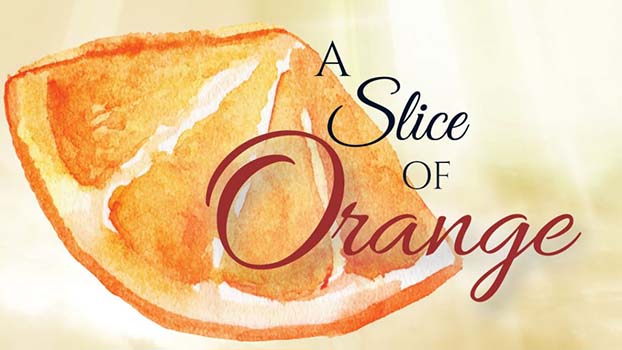






































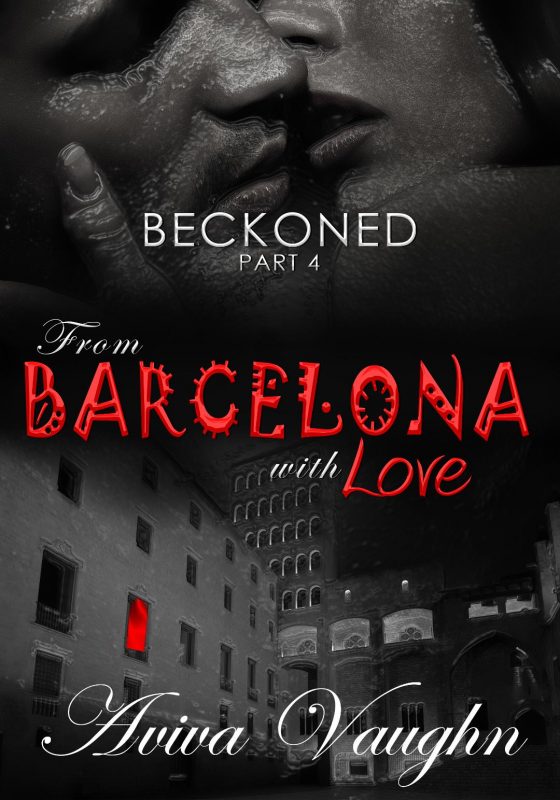


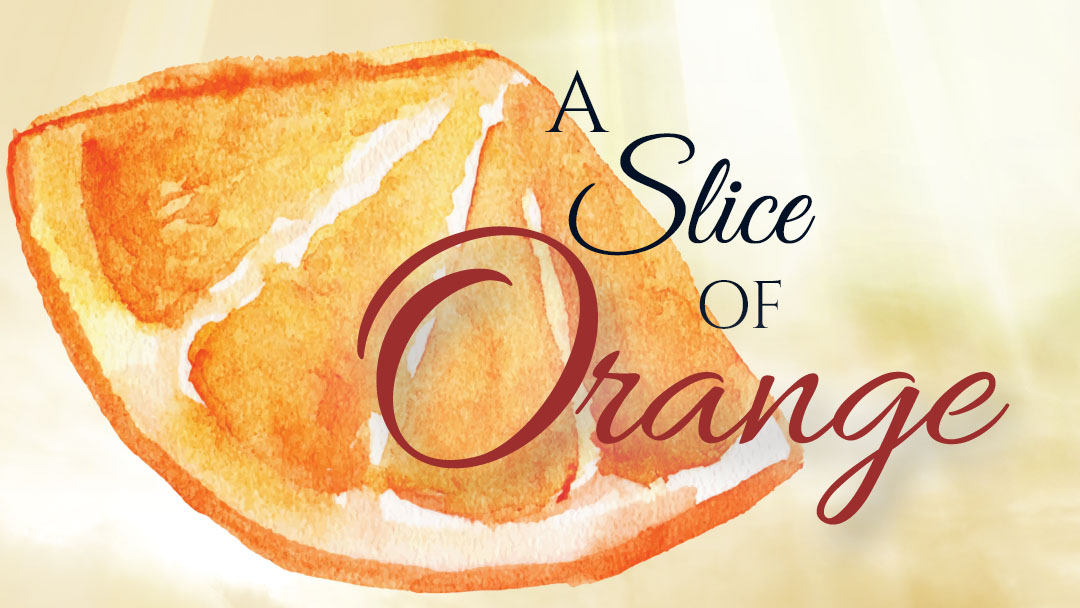






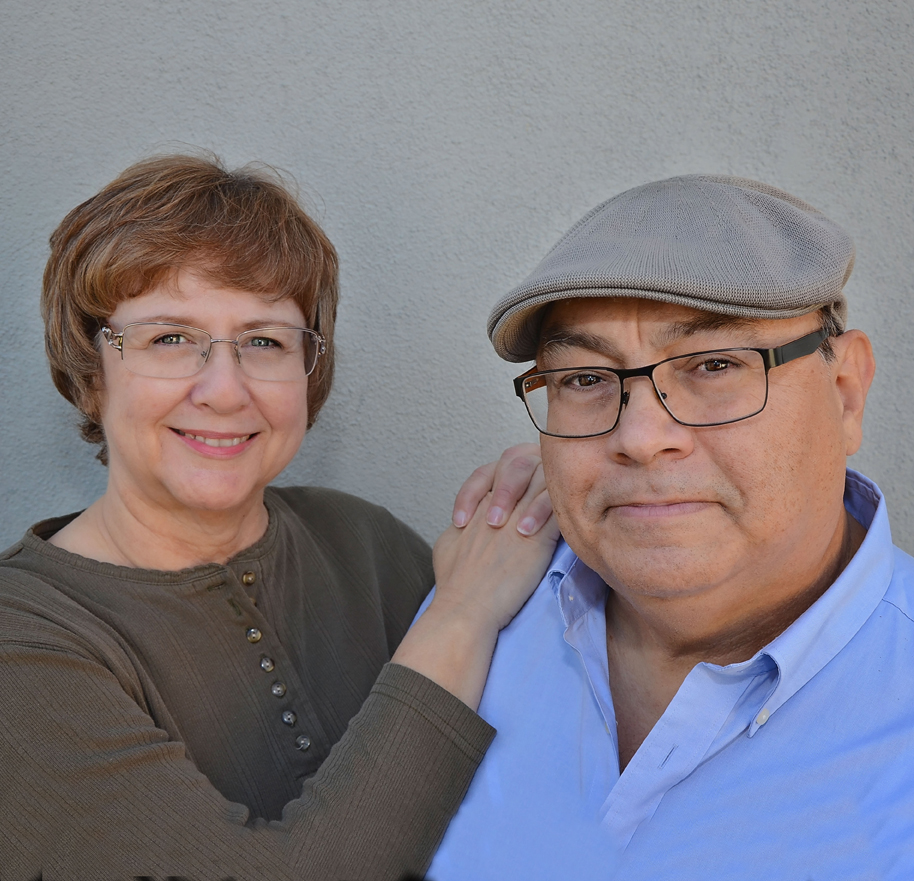
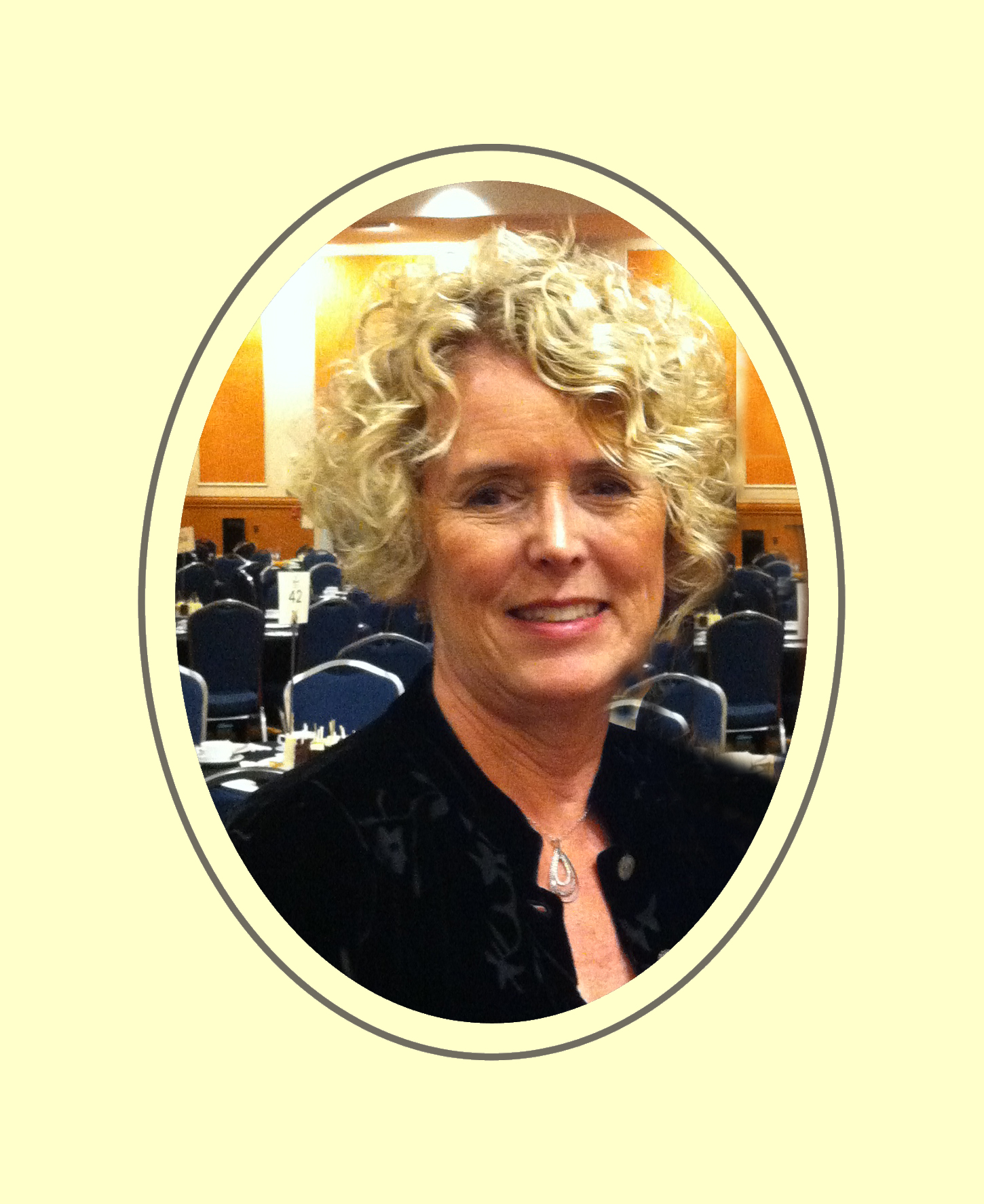




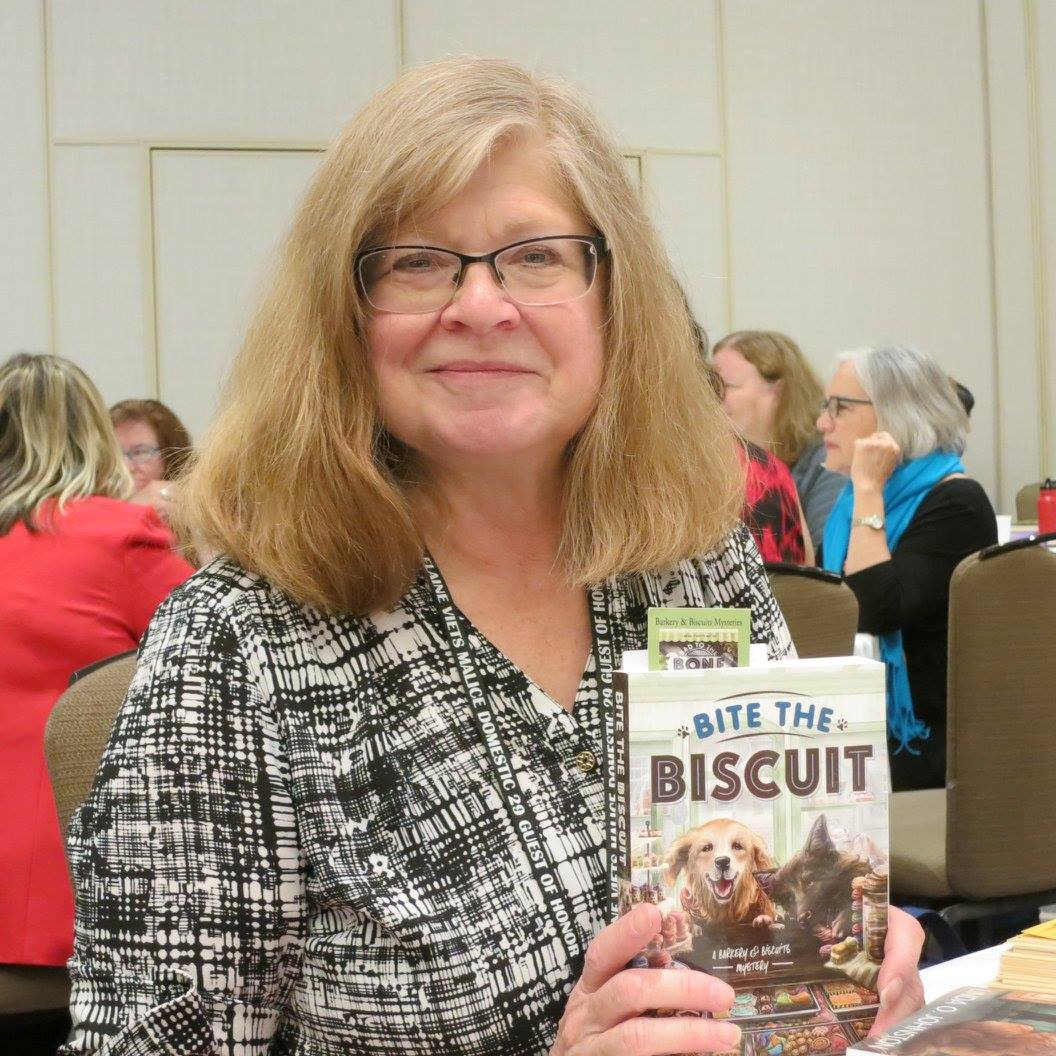
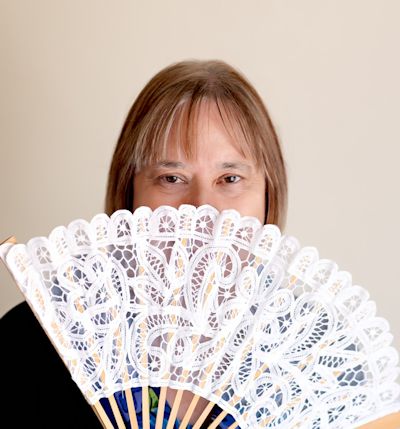


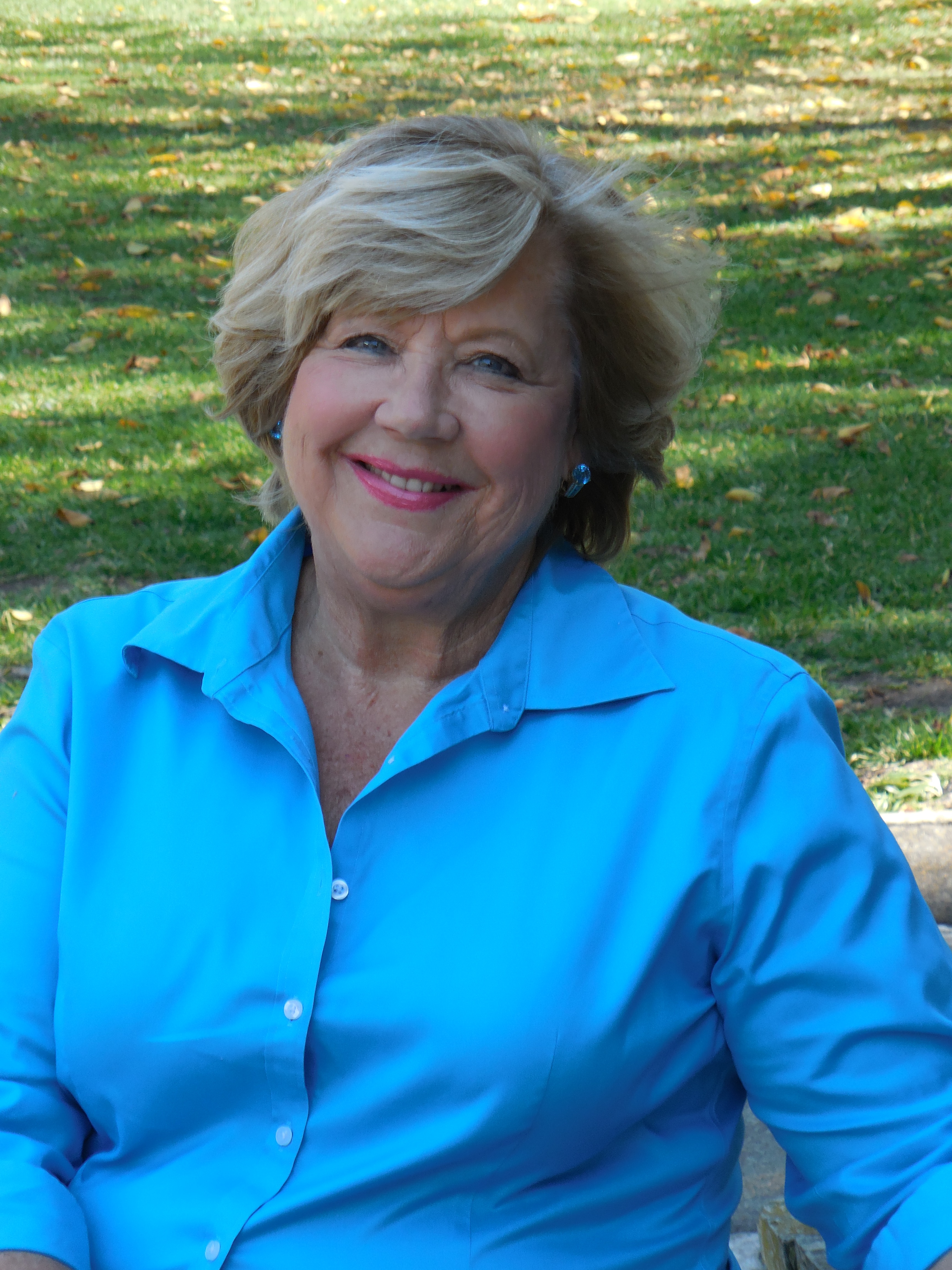

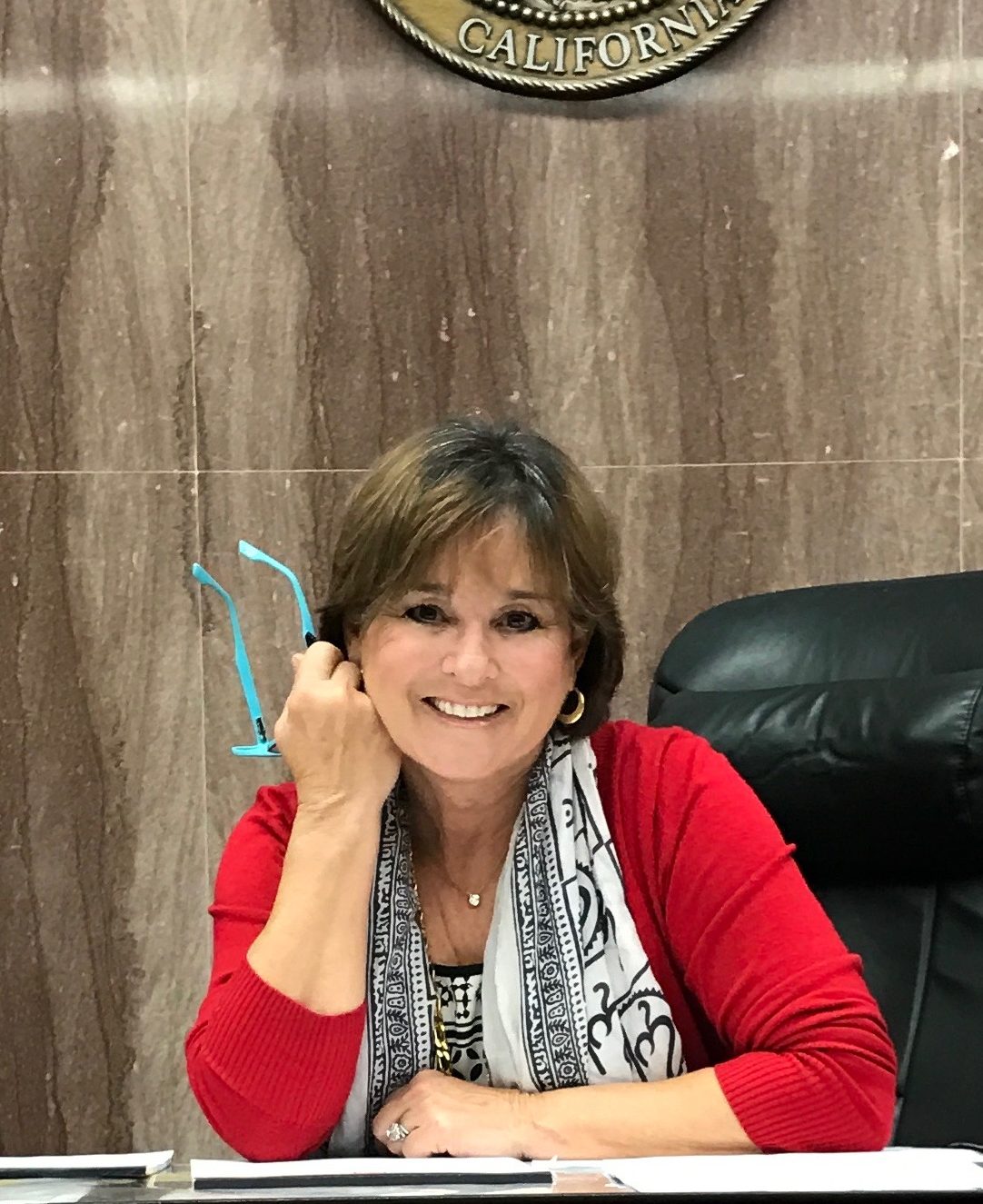

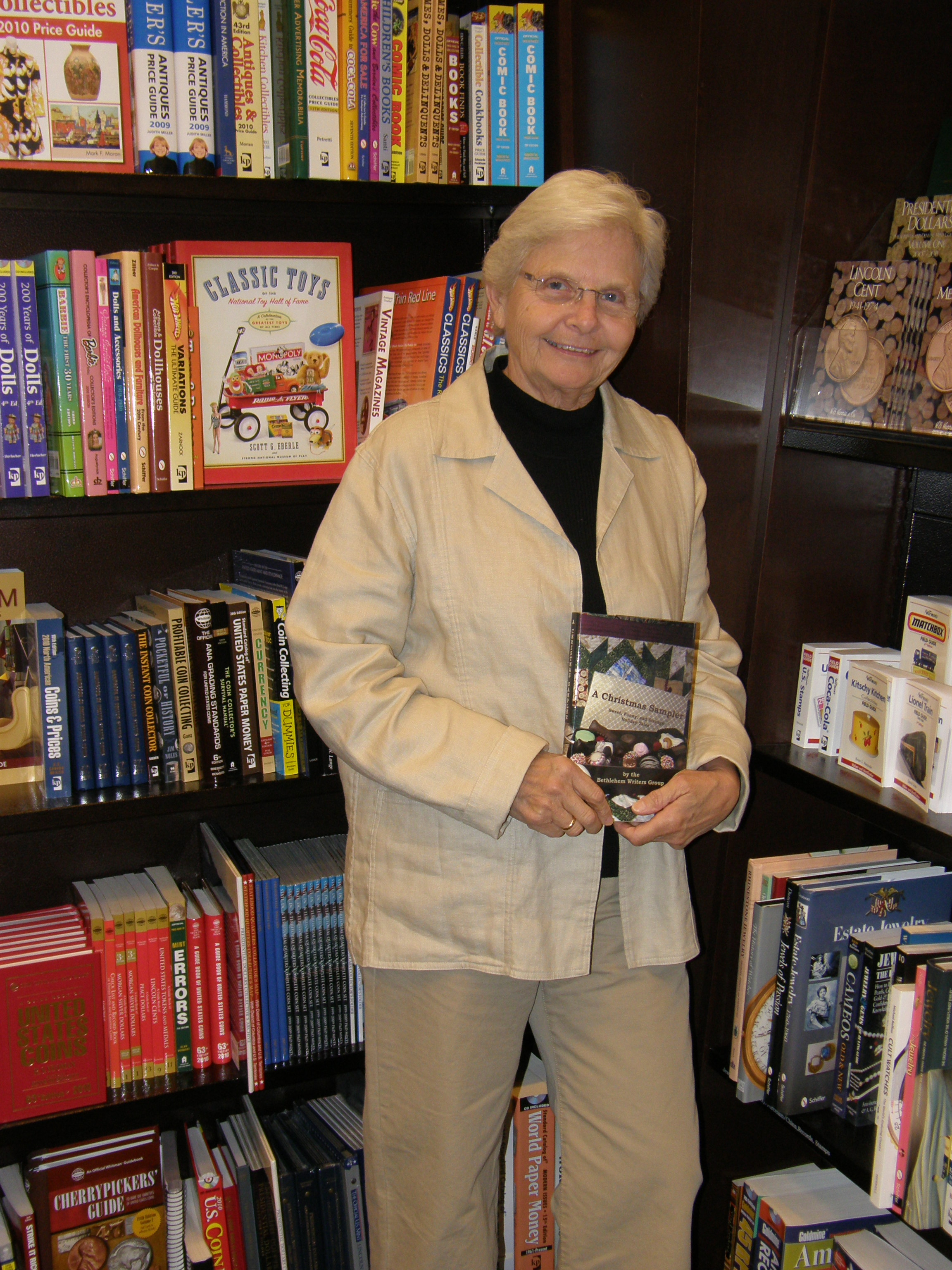
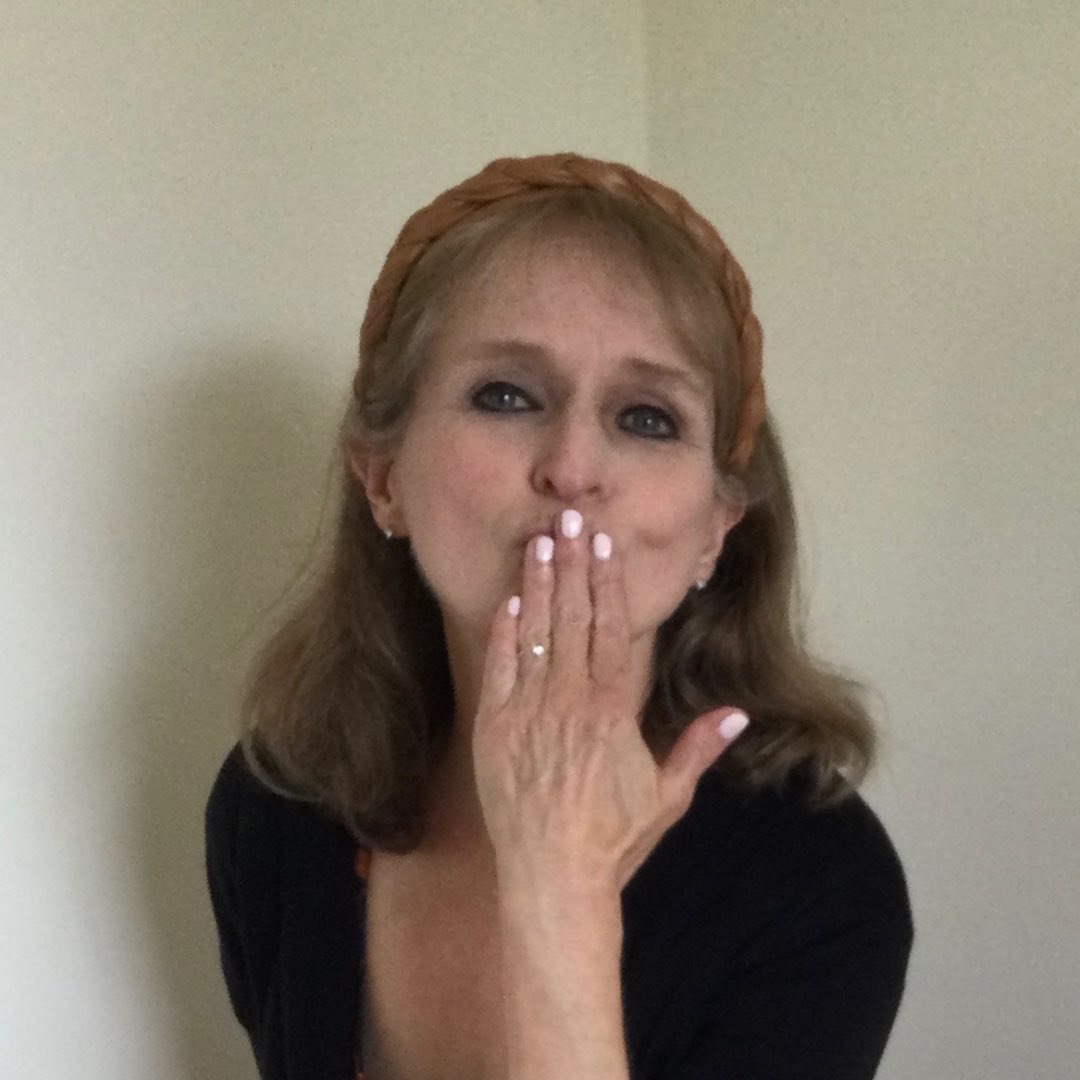

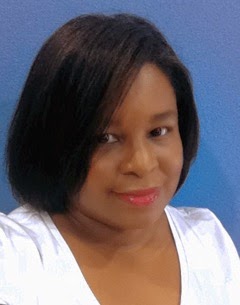
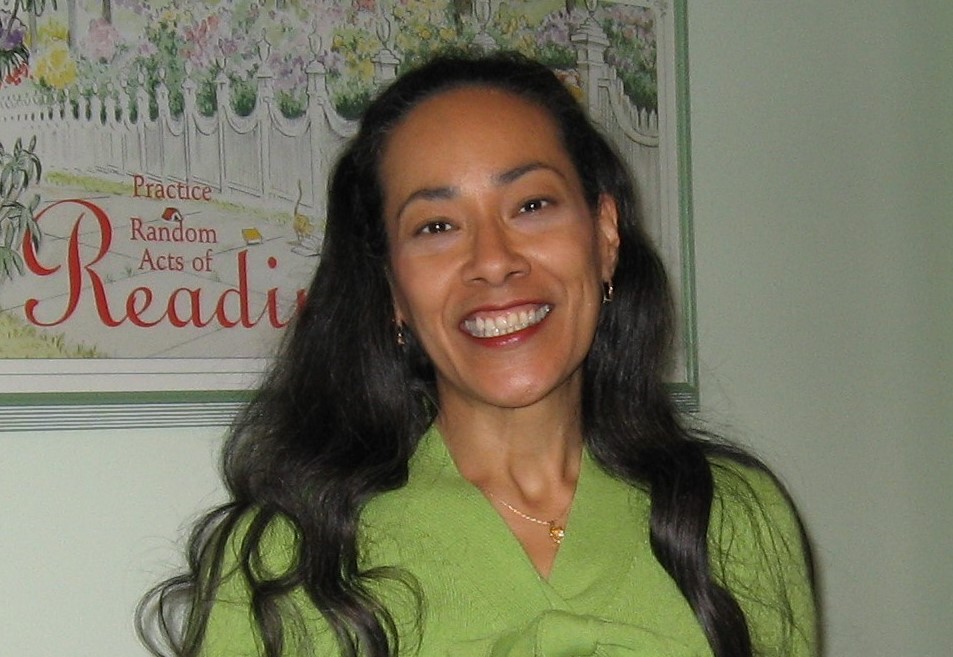
It’s a great idea to bring back the phone booth. I’m tired of “sharing” everybody’s life.
I agree! I don’t like “sharing.” Plus poor Superman where will he change?